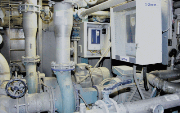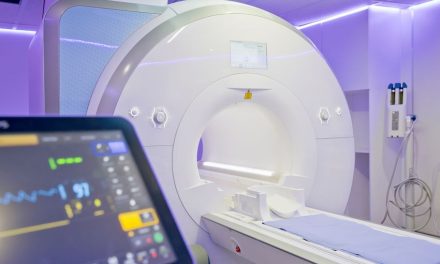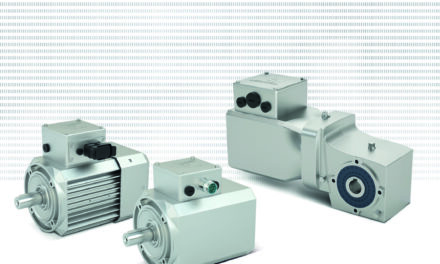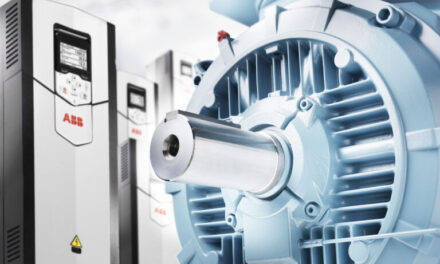 Enclosure manufacturer Rittal is committed to carbon reduction, and has undertaken a number of projects at Rittal-CSM, its manufacturing subsidiary plant in Plymouth, to reduce energy usage and emissions.
Enclosure manufacturer Rittal is committed to carbon reduction, and has undertaken a number of projects at Rittal-CSM, its manufacturing subsidiary plant in Plymouth, to reduce energy usage and emissions.
As part of this, the company identified a possible area of inefficient energy use with its paint plant circulating and paint spray pump sets. Each pump set ran at a fixed speed using conventional control gear, with both the flow rates and spray head volumes controlled using manual valves. An energy audit discovered that the fixed speed operation of the pumps was inefficient, and the company realised that variable speed control was needed on the pump motor. As a result, the company approached an inverter supplier and selected a single WEG CFW-11 VSD unit for installation on one of the motors as a trial.
Although the trial proved successful over a number of months, the company ran into problems when retrofitting the remainder of the pump motors, so turned to installer Drew & Co. Andrew Botterill from the company commented: “After consultation with the client, it was decided to install 10 WEG CFW-11 variable speed drives, ranging from 3KW to 45KW, on the pump motors. Each variable speed drive was positioned in an IP65 Rittal enclosure with forced ventilation and filtering, adjacent to its respective pump.”
Drew & Co carried out all the control panel modifications and on site installation works during a single plant shutdown over a weekend.
The installation of the new system meant that all the manual valves, which were used previously for pump output control, were opened fully and control was taken over by the WEG VSD. Each drive is set up with a simple local speed control, enabling the plant operators to set the optimum flow and volume for its particular application.
As a result of the new drives, substantial reductions in energy consumption have been achieved, and this has been logged through an intelligent metering system and data capture software. The paint plant energy consumption was recorded over a number of months prior to and after the fitting of the VSDs.
The expected payback for this project is expected to be just a few months, with all the energy savings after this contributing to reducing the cost of the operation.



